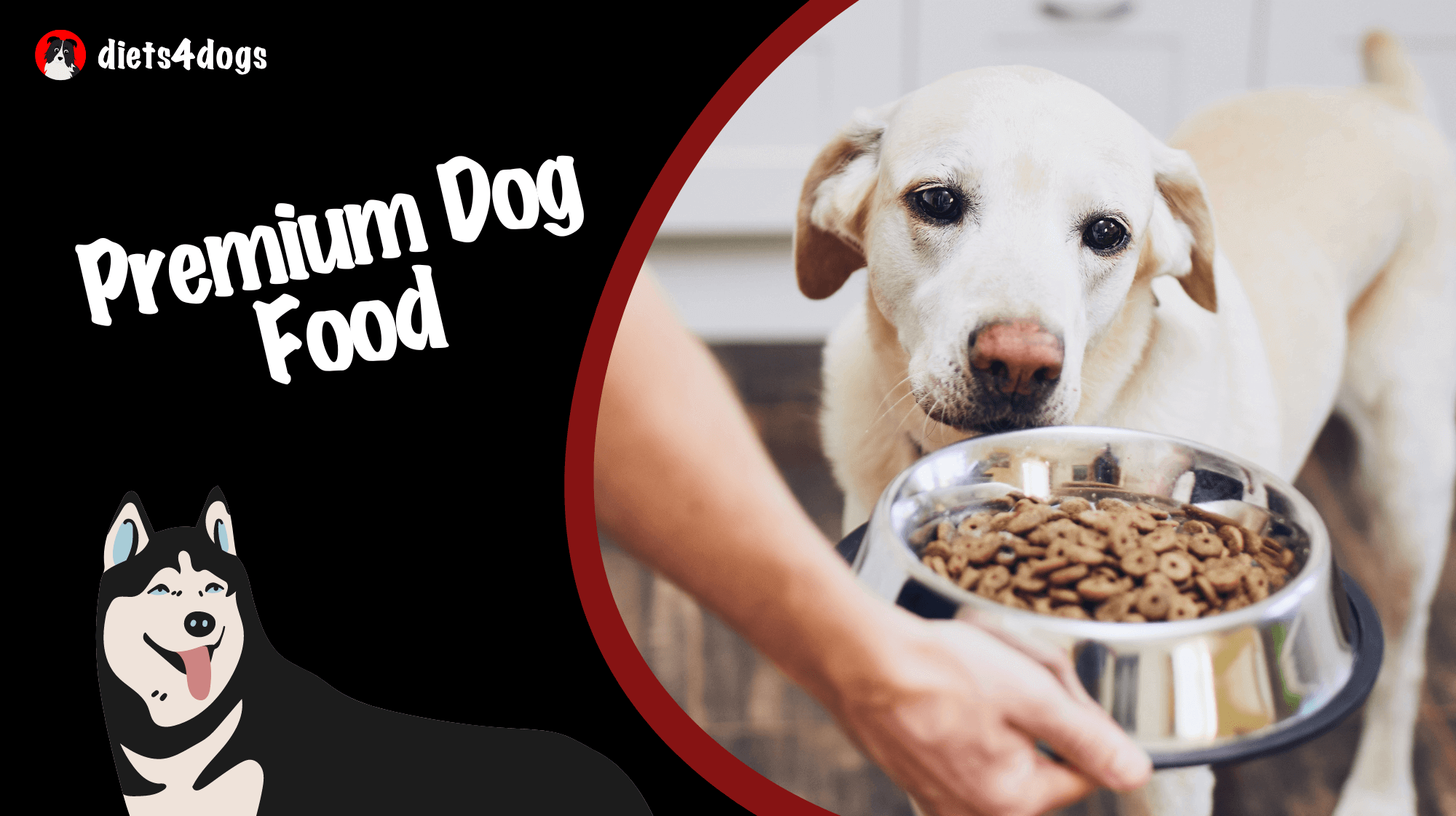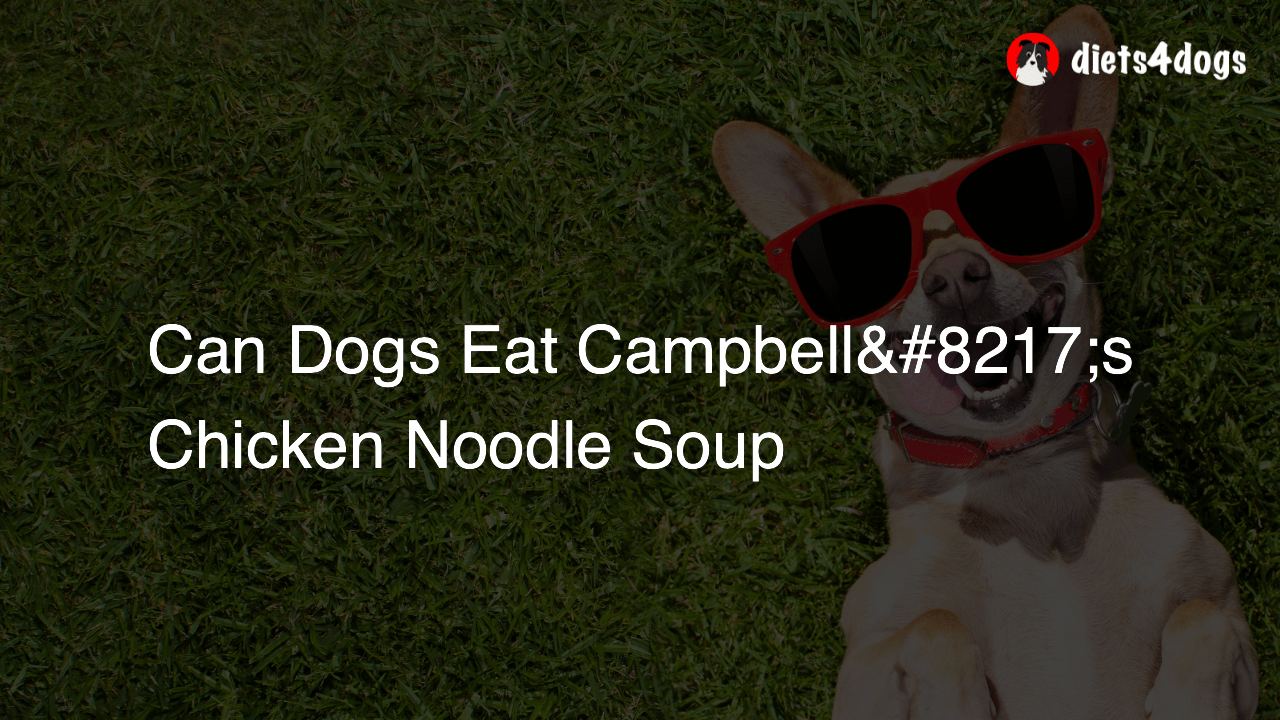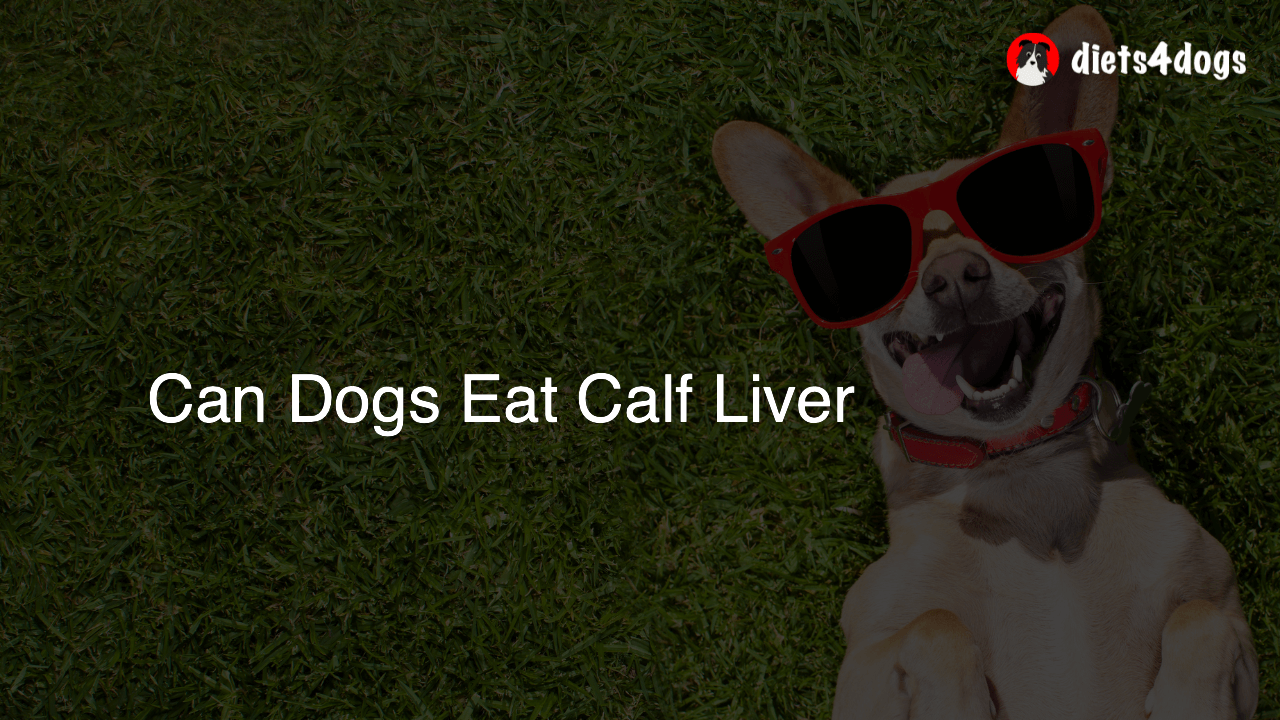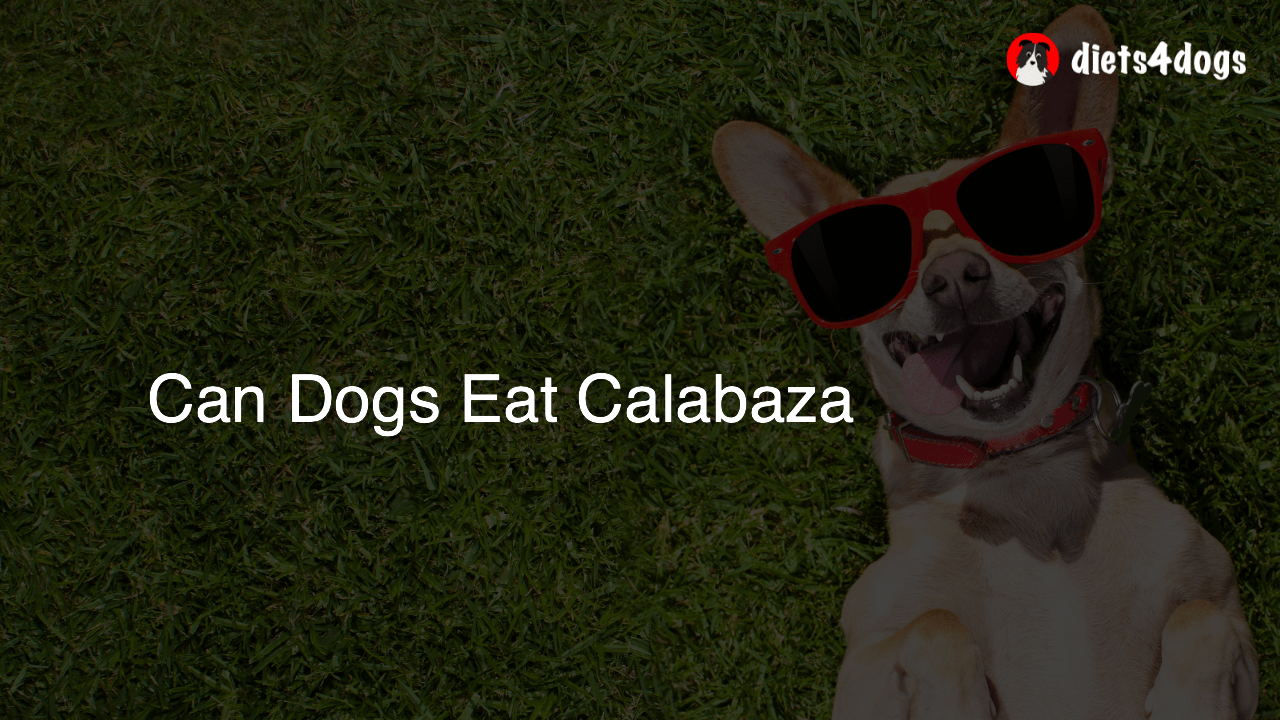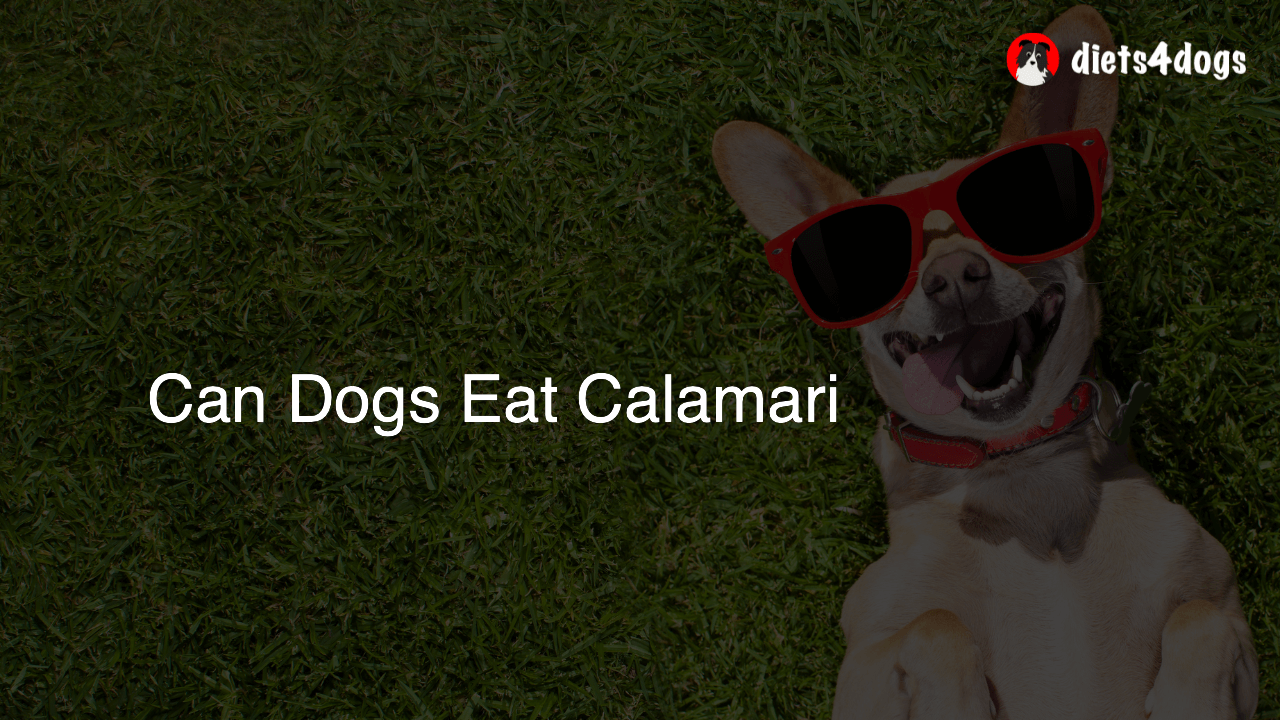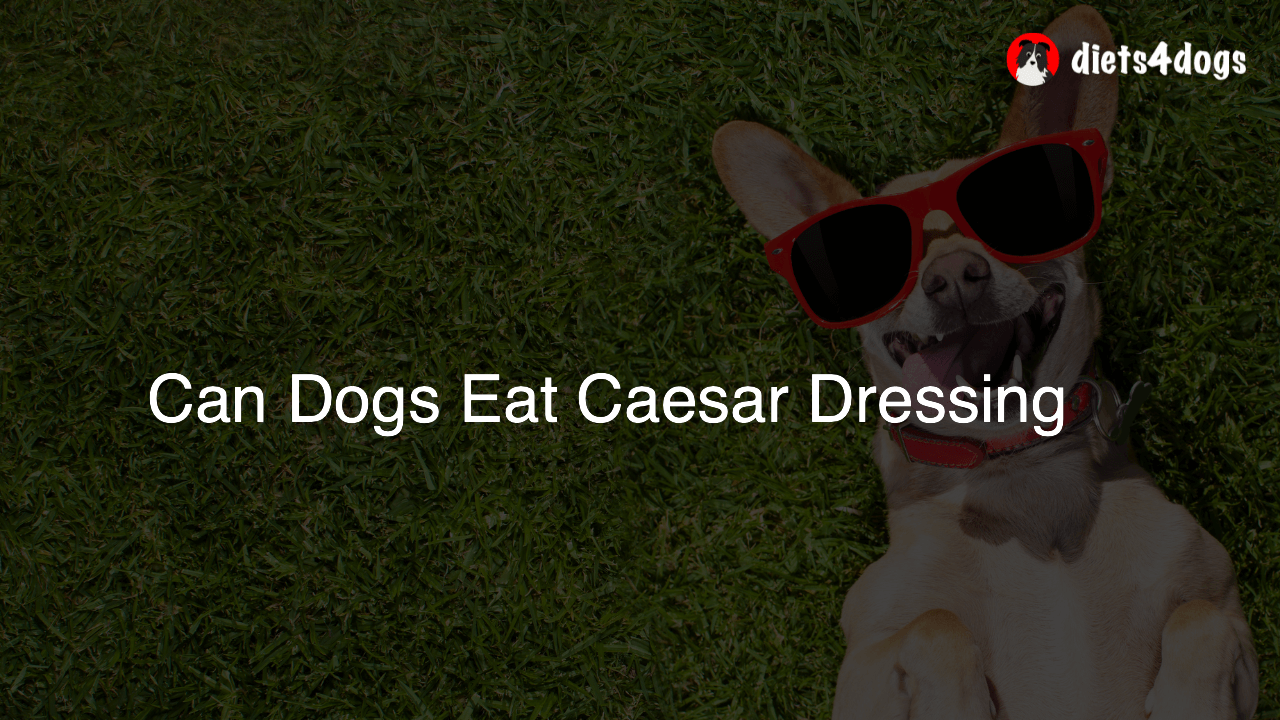Can Dogs Eat Graham Cracker
In moderation, dogs can eat graham crackers as an occasional treat. While not toxic, graham crackers do contain sugar and additional ingredients that provide no nutritional value for dogs. Always ensure to feed them small amounts and monitor for any allergic reactions or digestion issues.
Can Dogs Eat Graham Cracker
In moderation, dogs can eat graham crackers as an occasional treat. While not toxic, graham crackers do contain sugar and additional ingredients that provide no nutritional value for dogs. Always ensure to feed them small amounts and monitor for any allergic reactions or digestion issues.
The Nutritional Impact of Graham Crackers on Dogs
Graham crackers are a tasty and popular human snack, but when it comes to our canine friends, they don’t offer any significant nutritional benefits. The primary ingredients in graham crackers: whole wheat flour, sugar, and occasionally honey, provide little to no nutritional value in a dog’s diet. As a treat, graham crackers won’t harm your dog, but relying on them to supplement your dog’s regular dog food can have negative effects in the long run.
Whole Wheat Flour
Whole wheat flour is a safe ingredient for dogs, but it doesn’t fulfill any of their dietary needs. Whole grains can provide some fiber, which can be beneficial for dogs in small amounts. However, dogs are primarily carnivorous and require a diet rich in animal proteins to meet their nutritional needs.
Sugar and Honey
Sugar and honey are commonly used as sweeteners in graham crackers, and while these are not toxic to dogs, they are a source of empty calories. Excess sugar in a dog’s diet can lead to obesity, dental issues, and even diabetes. It’s best to limit the amount of sugar your dog consumes to protect their overall health.
Feeding Your Dog Graham Crackers: The Right Way
As mentioned earlier, graham crackers can be given to dogs as an occasional treat. Here’s how to feed your dog graham crackers safely:
Start Small
Give your dog a small piece of graham cracker initially to see how they react to it. If they show no signs of digestive upset or allergic reactions, you can consider graham crackers as an occasional treat.
Limit Quantity
Even though graham crackers are safe for dogs, it’s important not to give too much at once. Like all treats, graham crackers should be given in moderation to prevent health issues from arising due to excessive intake.
Consider Alternatives
There are numerous dog-specific treats available on the market that provide better nutritional value and are specifically designed for your furry friend. When it comes to giving treats, choose something with added benefits for your dog rather than a sugar-laden option like graham crackers.
When to Seek Veterinary Advice
Feeding your dog graham crackers isn’t likely to cause any life-threatening issues; however, it’s essential to monitor their reactions closely. When introducing any new treat, make sure to watch your dog for signs of digestive discomfort or allergy-related symptoms, including:
- Vomiting
- Diarrhea
- Itchy skin
- Rash or hives
- Heavy breathing or wheezing
If you notice any of these signs in your dog after introducing graham crackers, consult your veterinarian immediately for advice on how to proceed.
Conclusion
While graham crackers may not be the best treat choice for your dog, they aren’t toxic and can be enjoyed in moderation. Always remember to portion their treats and consider healthier, dog-friendly alternatives to keep your pup happy and healthy.
Alternative Treat Suggestions for Dogs
If you’re looking for healthier treat options for your canine companion, consider the following dog-friendly alternatives. These treats are not only yummy but also provide better nutrition and health benefits:
- Carrots: Raw or cooked carrots are low in calories and provide a good source of vitamins and fiber for your dog. They also promote healthy teeth and gums.
- Apples: Apples are healthy and low in calories, making them an excellent treat for dogs. Just be sure to remove the core and seeds, as they can be toxic to dogs.
- Blueberries: Rich in antioxidants and vitamin C, blueberries make a delicious and nutritious treat for dogs. They can be given to your pup fresh or frozen.
- Peanut Butter: Unsweetened, unsalted peanut butter is a favorite treat among dogs. Its high protein content also makes it a healthier choice. Be sure to choose peanut butter without added sugars or artificial sweeteners, specifically avoiding xylitol, which is toxic to dogs.
- Green Beans: Green beans can be given to dogs raw, steamed or cooked (without any added butter, oil or seasonings). They’re low in calories and high in fiber, making them an excellent weight management treat.
Homemade Dog Treat Recipes
If you prefer to make your own dog treats that incorporate healthy ingredients, here are two simple and nutritious recipes:
Pumpkin and Oat Dog Treats
These tasty pumpkin and oat dog treats are easy to make and provide a healthy snack option:
- Preheat your oven to 350°F (175°C)
- Combine 2 1/2 cups old-fashioned oats, 1/2 cup pure pumpkin puree (not pumpkin pie filling), and 1/4 cup peanut butter in a mixing bowl
- Using a blender or food processor, pulse the mixture until a dough forms
- Roll out the dough and cut it into shapes using cookie cutters or by forming small balls
- Bake the treats for 20-25 minutes or until crispy and let them cool before serving to your dog
Sweet Potato Dog Treats
Sweet potatoes are a healthy and delicious treat option for dogs. Making baked sweet potato treats is easy:
- Preheat your oven to 250°F (120°C)
- Wash and scrub a large sweet potato thoroughly
- Slice the sweet potato into 1/4-inch-thick rounds or lengthwise strips (similar to french fries)
- Place the sweet potato slices on a parchment-lined baking sheet, making sure they don’t overlap
- Bake the sweet potato slices for 2 hours, flipping them halfway through to ensure even cooking
- Let the treats cool before serving to your dog
By offering alternative, healthier treats like fruits, veggies, or homemade dog treats, you can ensure that your dog enjoys a delicious snack while maintaining a balanced diet. Always remember, treats should be given in moderation and be only a small portion of your dog’s overall food intake.
Frequently Asked Questions
In this section, we’ve compiled a list of frequently asked questions relating to graham crackers and dogs to provide quick and helpful answers for pet owners. If you have any concerns related to your dog’s diet, please consult your veterinarian for personalized advice.
1. Can dogs have chocolate graham crackers?
No, dogs should not be given chocolate graham crackers, as chocolate is toxic to dogs and can cause severe reactions, including vomiting, diarrhea, rapid breathing, increased heart rate, and even seizures. Always keep chocolate and chocolate products away from your dog.
2. Can dogs have cinnamon graham crackers?
Yes, dogs can have cinnamon graham crackers in small amounts. However, be cautious, as too much cinnamon can lead to irritation in your dog’s mouth or stomach. Cinnamon graham crackers should be considered an occasional treat and given in moderation.
3. Are graham crackers safe for puppies?
Graham crackers can be given to puppies in very small amounts as an occasional treat. However, it’s essential to prioritize proper nutrition for growing puppies, and any treat should be given in moderation. Always consult your veterinarian for advice on appropriate treats and the diet for your puppy.
4. Can graham crackers help with dog’s upset stomach?
Graham crackers are not recommended as a remedy for a dog’s upset stomach. Instead, consider offering your dog a bland diet of boiled chicken and white rice, which is gentle on their digestive system. Be sure to consult your veterinarian if your dog is experiencing digestive issues.
5. What if my dog ate an entire pack of graham crackers?
If your dog eats a large quantity of graham crackers, monitor them for possible allergic reactions or stomach upset. In most cases, it shouldn’t cause severe harm, but if you notice any unusual behavior or symptoms, contact your veterinarian for advice.
6. Can dogs have marshmallows and graham crackers (s’mores) as treats?
No, dogs should not be given s’mores, as they contain chocolate and excessive sugar. Chocolate is toxic to dogs, and both marshmallows and graham crackers provide empty calories that can negatively impact your dog’s health over time.
7. Are there any dog-friendly graham cracker alternatives?
Consider giving your dog healthy fruits and vegetables (such as carrots, apples, or sweet potatoes) as treats. Additionally, there are several dog-specific treats available in pet stores that are formulated to meet your dog’s nutritional needs and cater to their preferences.
8. How many graham crackers are safe for my dog to eat?
If you decide to give your dog graham crackers as a treat, stick to small amounts and consider it an occasional treat rather than a regular part of their diet. One or two small pieces should be an appropriate limit to ensure that your dog remains healthy and well-balanced.
9. How often can I give my dog graham crackers?
Graham crackers should not be a regular part of your dog’s diet. Instead, offer them as an occasional treat, giving priority to healthier, dog-specific treats that provide better nutrition and health benefits.
10. Are graham crackers a choking hazard for dogs?
While graham crackers are not typically a choking hazard for dogs, it’s essential to break them into small pieces appropriate for your dog’s size before feeding. Be sure to monitor your dog while they eat any treat to ensure their safety.


